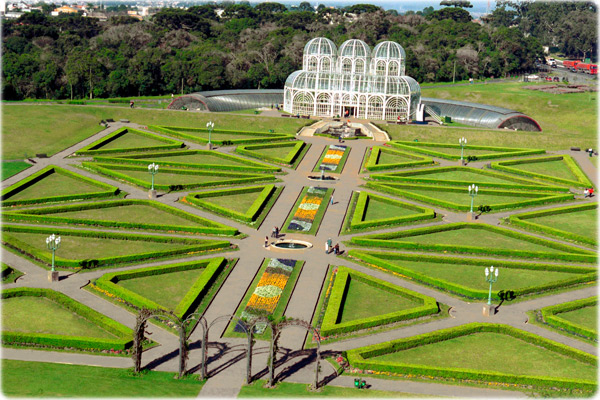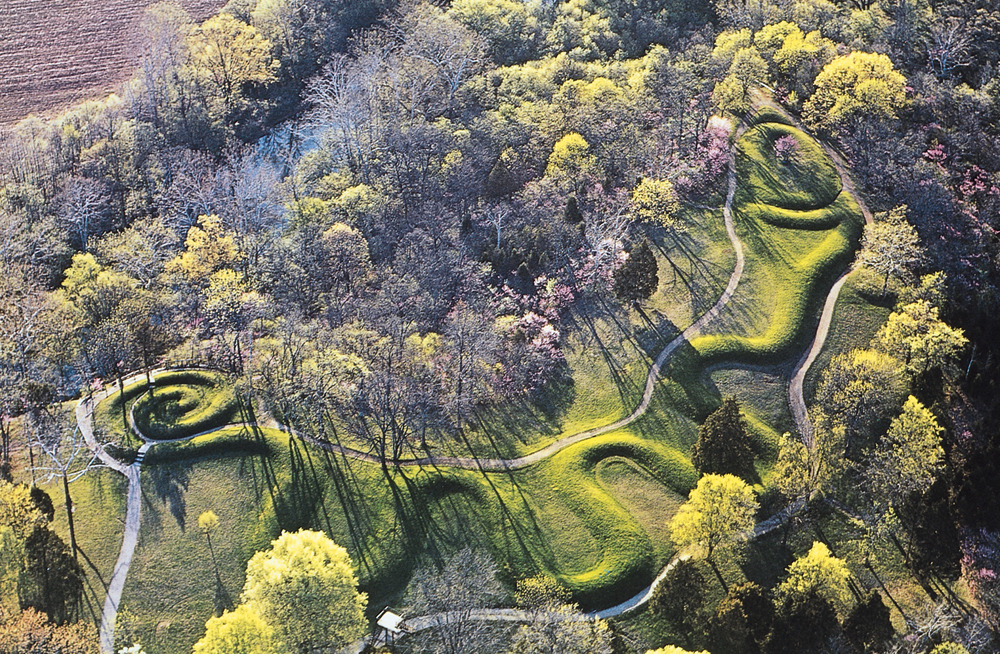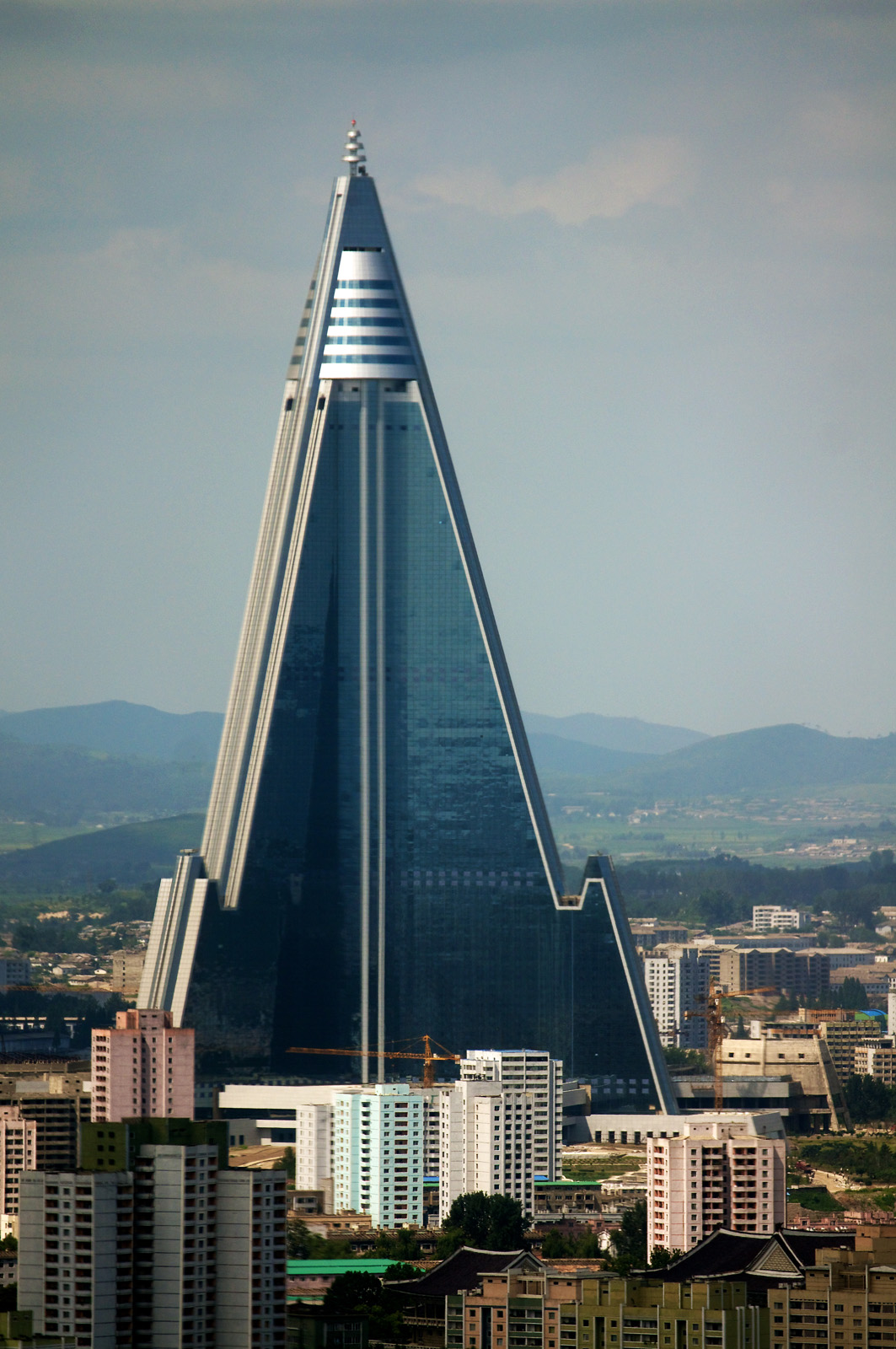Museum of the Eye
The Oscar Niemeyer Museum is located in the city of Curitiba, in the state of Paraná, in Brazil. It was inaugurated in 2002 with the name New Museum. With the conclusion of remodeling and the construction of a new annex, it was reinaugurated on July 8, 2003, with the current denomination to honor its famous architect who completed this project at 95 years of age. It is also known as Museu do Olho or Museum of the Eye, due to the design of the building. The museum focuses on the visual arts, architecture and design. For its magnificence, beauty and for the importance of the collection, it represents a cultural institution of international significance.The complex of two buildings, installed in an area of 35 thousand square meters (of which 19 thousand are dedicated to exhibition space), it is a true example of architecture allied with art.
Hassan Tower
Hassan Tower or Tour Hassan is the minaret of an incomplete mosque in Rabat, Morocco. Begun in 1195, the tower was intended to be the largest minaret in the world along with the mosque, also intended to be the world's largest. In 1199, Sultan Yacoub al-Mansour died and construction on the mosque stopped. The tower only reached 44 m (140 ft), about half of its intended 86 m (260 ft) height. The rest of the mosque was also left incomplete, with only the beginnings of several walls and 200 columns being constructed. The tower, made of red sandstone, along with the remains of the mosque and the modern Mausoleum of Mohammed V, forms an important historical and tourist complex in Rabat.
Botanical Garden of Curitiba
The Jardim Botânico de Curitiba, this is a park located in the city of Curitiba, the capital of the state of Paraná, and the biggest city in southern Brazil. It is the major tourist attraction and landmark of the city, and it houses part of the campus of the Federal University of Paraná. The international identification code is CURIT. Opened in 1991, Curitiba's trademark botanical garden was created in the style of French gardens. Once the portal of entry, may be seen extensive gardens in the French style in the midst of fountains, waterfalls and lakes, and the main greenhouse of 458 square meters, which shelters in its interior, copies plants characteristic of tropical regions. It rolls out its carpet of flowers to the visitors right at the entrance. This occupies 240.000 m² in area. The principal greenhouse, in an art nouveau style with a modern metallic structure, resembles the mid-19th century Crystal Palace in London. The Botanic Museum, which provides a national reference collection of native flora, attracts researchers from all over the world. It includes many botanic species from the moist Atlantic Forests of eastern Brazil.
Belém Tower
Belém Tower or the Tower of St Vincent is a fortified tower located in the civil parish of Santa Maria de Belém in the municipality of Lisbon, Portugal. It is a UNESCO World Heritage Site because of the significant role it played in the Portuguese maritime discoveries of the era of the Age of Discoveries. The tower was commissioned by King John II to be part of a defense system at the mouth of the Tagus river and a ceremonial gateway to Lisbon.The tower was built in the early 16th century and is a prominent example of the Portuguese Manueline style,but it also incorporates hints of other architectural styles. The structure was built from lioz limestone and is composed of a bastion and the 30 m (100 foot), four storey tower. It has incorrectly been stated that the tower was built in the middle of the Tagus and now sits near the shore because the river was redirected after the 1755 Lisbon earthquake. In fact, the tower was built on a small island in the Tagus River near the Lisbon shore.
+2



 to all Archaeologist units
to all Archaeologist units for every pasture you have constructed within your first three cities which contain horses or elephants
for every pasture you have constructed within your first three cities which contain horses or elephants and +1
and +1  .
. and
and  city will generate +100% additional
city will generate +100% additional 
 GA
GA







 And China's a big, big market for the civ series.
And China's a big, big market for the civ series. 
